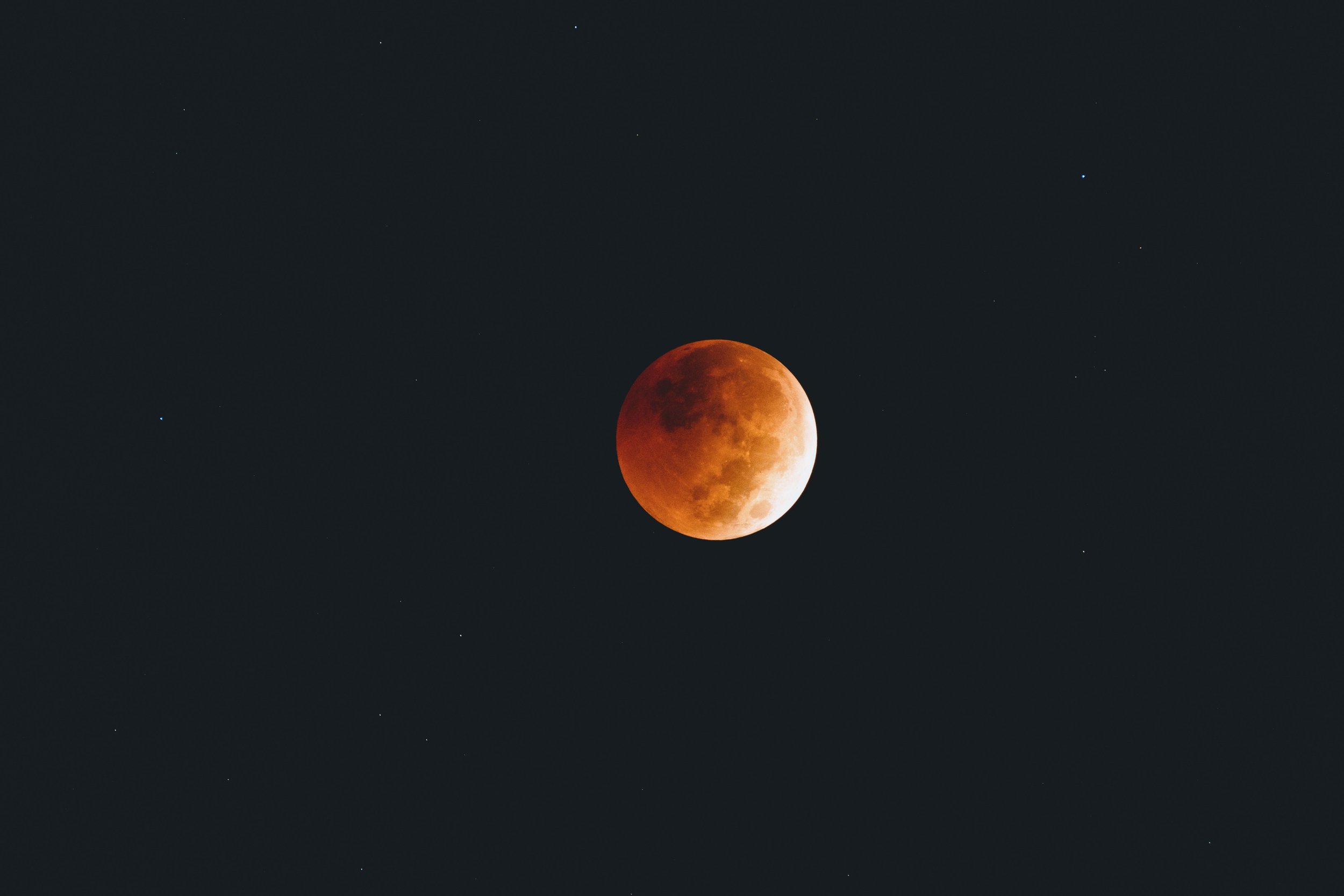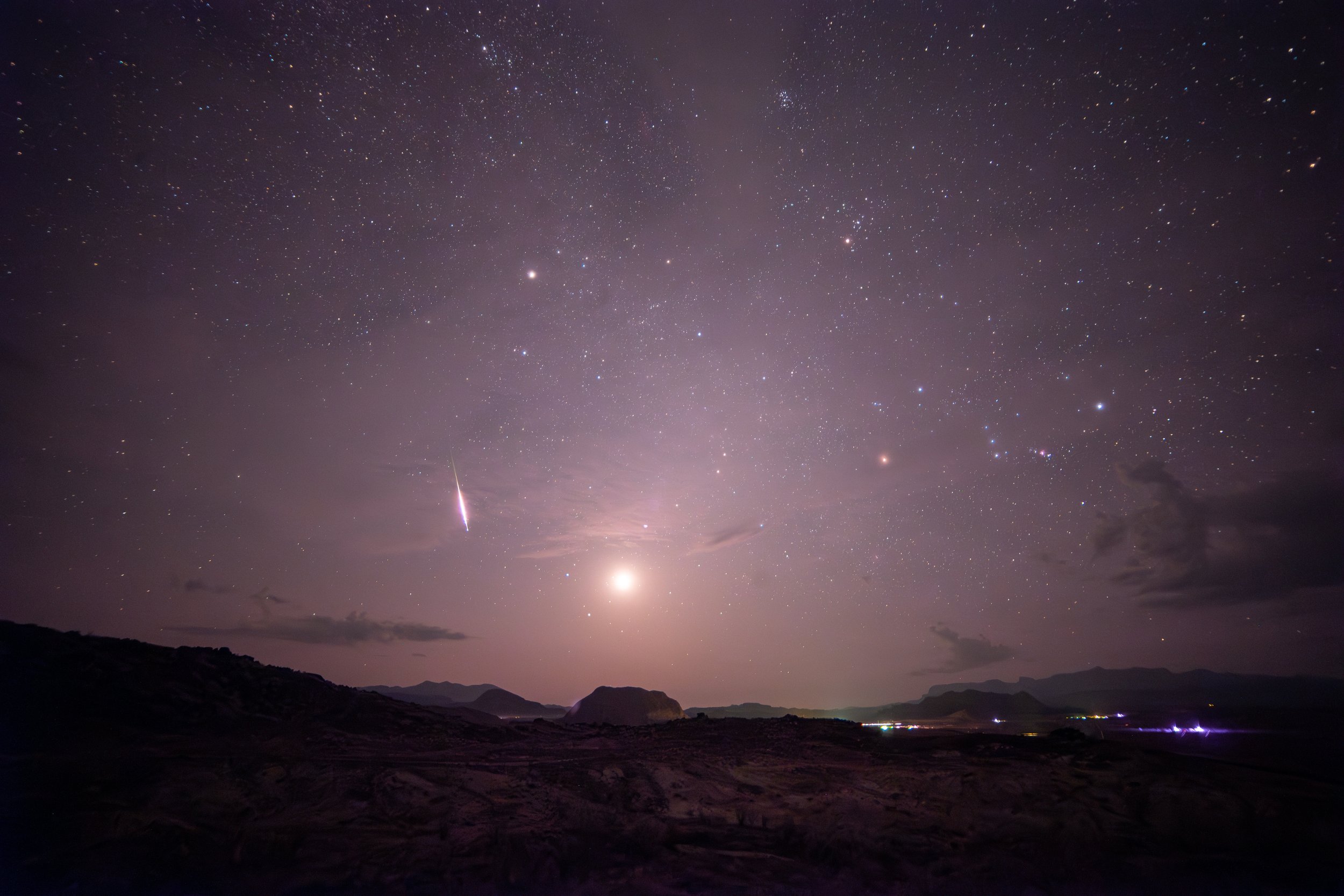(sometimes) Astro-Landscape Photographer
Explore my work
Atmospheric Phenomena
Atmospheric phenomena refer to natural events or processes that occur in Earth's atmosphere, ranging from common weather patterns to extraordinary optical and meteorological displays, like rainbows, halos, and Auroras.
Comets
Comets are small bodies in the solar system that are mostly made of ice, dust, and rock. When they get close to the sun, they heat up to produce a glowing envelope and two types of tails (dust and gas).
Eclipses
An eclipse is an astronomical event that occurs when one celestial body passes in front of another, blocking the light of the other body, creating a shadow. A solar eclipse happens when the Moon passes between Earth and the Sun, and a lunar eclipse occurs when Earth passes between the Sun and the Moon.
Meteors
Meteors are small celestial bodies that enter Earth's atmosphere from outer space. When they enter the atmosphere, they burn up due to the intense friction with the air, producing a streak of light in the sky.
Milky Way
The Milky Way is a spiral galaxy that contains our solar system. It contains hundreds of billions of stars and planets, as well as vast amounts of gas and dust, all held together by gravity. In dark enough conditions during summer months (Northern Hemisphere), you can see the bright core of the Milky Way with just your eyes.
Star Trails
Star trail images are photographs that capture the movement of stars across the night sky over a long exposure time, resulting in trails of light that appear to radiate out from a point. Star trails appear as curved lines because the stars move in arcs across the sky due to Earth's rotation.
Timelapses
Check out some of my timelapses, which may be my favorite thing to create at the moment.






